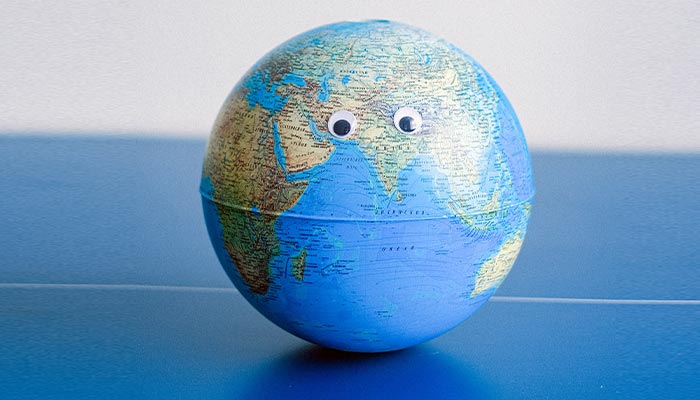A new AI Ecosystem OR landscape is taking shape, allowing a new wave of innovation for those with the skills and structure to take advantage of it.
In the past year, we have become much more dependent on technology to help us stay in touch, and safe, work, shop, and do other things. This has made us use data much more quickly. We’ve seen organizations use this important tool repeatedly to make quick, often life-saving decisions based on accurate information.
There was a real possibility of another AI valley before COVID-19 changed our world, not quite another AI winter, but a slowdown. Most companies were stuck doing proofs of concept instead of making integrated, value-generating use cases. This made it hard for them to justify the investments they had already made, and they also had to face the fact that data is a key part. Getting the data ready for AI to use in big companies is not easy.
RELATED
Robotics and Artificial Intelligence: Changing the Future, How Artificial Intelligence (AI) is Changing Education, How Artificial Intelligence Is Taking Over The World? Who Has The Most Advanced AI?
Now that COVID-19 has been over for a year, we are seeing a new landscape of business models that use data and AI. AI has provided companies with new tools and pushed them to innovate to survive and thrive in this new world, which has been sped up a lot by the past year’s events.
Since the rate of change is always getting faster, now is a good time to think about what the world of data science will be like in three years. Will the pace, which has been accelerated by the need to innovate or risk falling behind, continue?
The course of action is already obvious. Companies in all kinds of fields are investing more and more money in “data science” projects. “Data science” is an interdisciplinary field using scientific methods, processes, algorithms, and systems to get knowledge and insights from structured and unstructured data.
How AI Ecosystems Are Growing?

Science and technology are moving forward quickly. So are the ways that different industries use them. When this happens, we’ll be in a different place. One that new methods for skills, governance will increasingly support, and machine learning (ML) engineering, and one that includes a wide AI ecosystem of varied models and their numerous dependencies.
We call each company this rapid growth of models that work together an “AI ecosystem.” And when it comes to AI, your business’s biggest problem in three years will be figuring out how to run one of these ecosystems. We think you should keep an eye on four trends:
How Artificial Intelligence Is Transforming Every Sector?

Improved models
Most companies won’t be making their first AI models for much longer. Instead, they will improve what they already have and build on it, upgrading models when needed. Because the problems and data in each industry differ, domain specialization will become more common. Data scientists with scientific skills and experience that are useful in specific industries will be in high demand.

Learning how to use text and voice in a new way:
Natural language processing (NLP) will see rapid expansion with reverberating effects (full customer care automation, for example). And because of transfer learning, these technologies will be much easier to use than they are now. Time to market for new applications will be greatly accelerated since knowledge obtained from addressing one issue will be kept and automatically applied to another related but unrelated challenge. It’s a big deal, and scientists must improve their skills to fine-tune these new models.
Move quickly on government:
It will be easier and faster for new predictive models to get to the market. And as more AI models and use cases go into production, we’ll need advanced governance to handle the increase in volume and complexity. It will be important to step up to this challenge. We need to be able to control data science and make meaningful frameworks, guardrails, and rules that make sure this work meets ethical standards and policies put in place about data security and model transparency. So, organizations need to start thinking about the responsibilities and duties of data scientists right away if they want to move governance forward.
Grow unicorns

As the number of companies that use AI grows, everyone in the company will need to know more about AI. In a data-driven world, everyone in the C-suite must know at least the statistics median if they want their companies to do well. All of this will make it so that there aren’t enough people with skills in data science. And because there won’t be a lot of people with a lot of experience in data science and machine learning, companies will have to come up with new ways for their current employees to learn new skills, like having internal “nurseries” that grow and develop homegrown talent in high-demand areas.
Now is the time to start before it is too late.
The use of AI ecosystems is increasing among businesses. And as algorithms get more complicated and interact, they’ll start to match or beat what people can do at certain tasks. The outputs of these ecosystems will be fed into new models, which will then feed their outputs into their successors. All of this will have to be managed and put together with the help of very advanced modeling, computer technology, and engineering skills. Now is the time to start making them. It will be too late to start now in three years.
